LVT, or luxury vinyl tile, has become one of the most popular flooring options for commercial spaces such as airports, hotels, schools, hospitals, and more. More importantly, its use in the residential market has increased dramatically in recent years. We have been installing more and more of it with each new home. Sometimes it is used in wet areas, like bathrooms, instead of ceramic tile.
Despite its popularity, there are many misconceptions about its characteristics and capabilities. Let’s take a quick look at what LVT flooring is, how it’s made, and the benefits of choosing LVT for your next flooring project.
What is LVT Flooring?
LVT is a type of flooring designed to mimic the look and feel of hard surface flooring materials such as stone or wood, while offering several practical benefits. Available in tiles or planks, LVT uses a realistic photographic print film and a clear vinyl layer to create a wide variety of design options that are often indistinguishable from the materials it mimics.
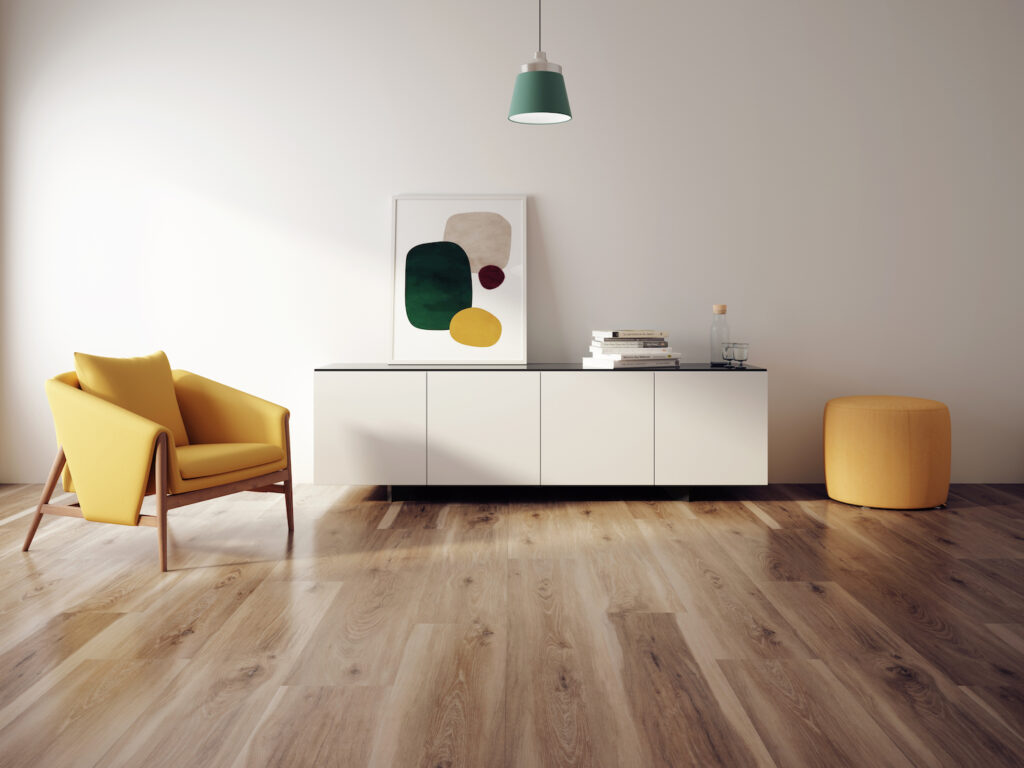 photo credit: www.parterreflooring.com
photo credit: www.parterreflooring.com
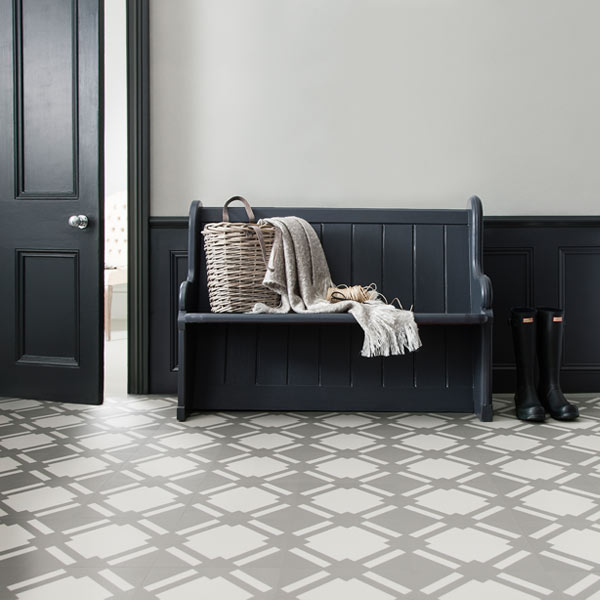 photo credit: https://www.harveymaria.com
photo credit: https://www.harveymaria.com
How is LVT Flooring Made?
LVT is manufactured through four primary processes: Research and Development, Calendering, Lamination, and Embossing.
- Research and Development: The process begins with research and development teams who aim to simulate and evaluate new concepts using trial and error. Raw materials such as polyvinyl chloride resins (PVC) and calcium carbonate are mixed to study their interactions.
- Calendering: The calendering process uses heated rollers to “roll or squeeze” the compound into a continuous sheet, which is then sent to lamination.
- Lamination: Lamination bonds one layer to the next using heat and pressure to create the final product, which consists of four layers: a backing layer, fill layer, print layer, and wear layer.
- Embossing: Engraved rollers apply a textured design to the surface of the product under heat and pressure. A scratch and scuff top coat is then applied.
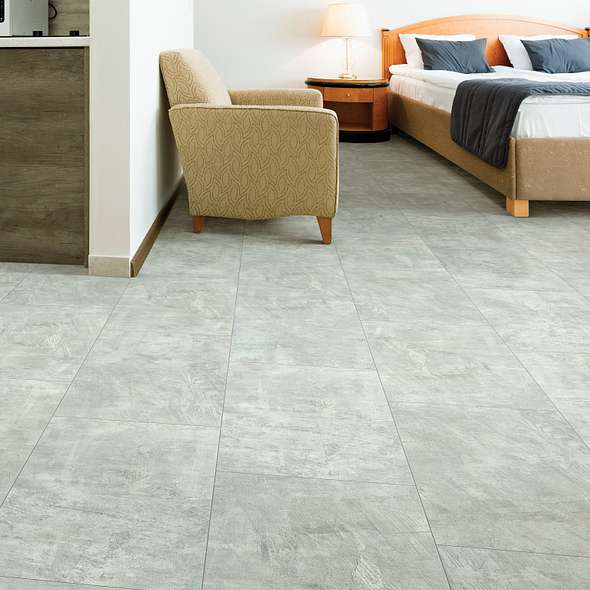 photo credit: https://panelingfactoryinc.com
photo credit: https://panelingfactoryinc.com
The Benefits of Choosing LVT
Easy Installation:
LVT can be easily installed using glue or a loose-lay floor system, which reduces installation costs and time.
Comfort:
LVT has a softer surface than other flooring materials, making it more comfortable underfoot and reducing sound.
Affordability:
LVT is more cost-effective than traditional hardwood and stone flooring options.
Durability:
LVT is easy to clean, won’t chip, and is resistant to moisture, making it ideal for kitchens, bathrooms, and areas below ground level.
In conclusion, LVT is a versatile, durable, and affordable flooring that offers a wide range of design options and practical benefits.
Here are some homes where we have installed these LVT products.

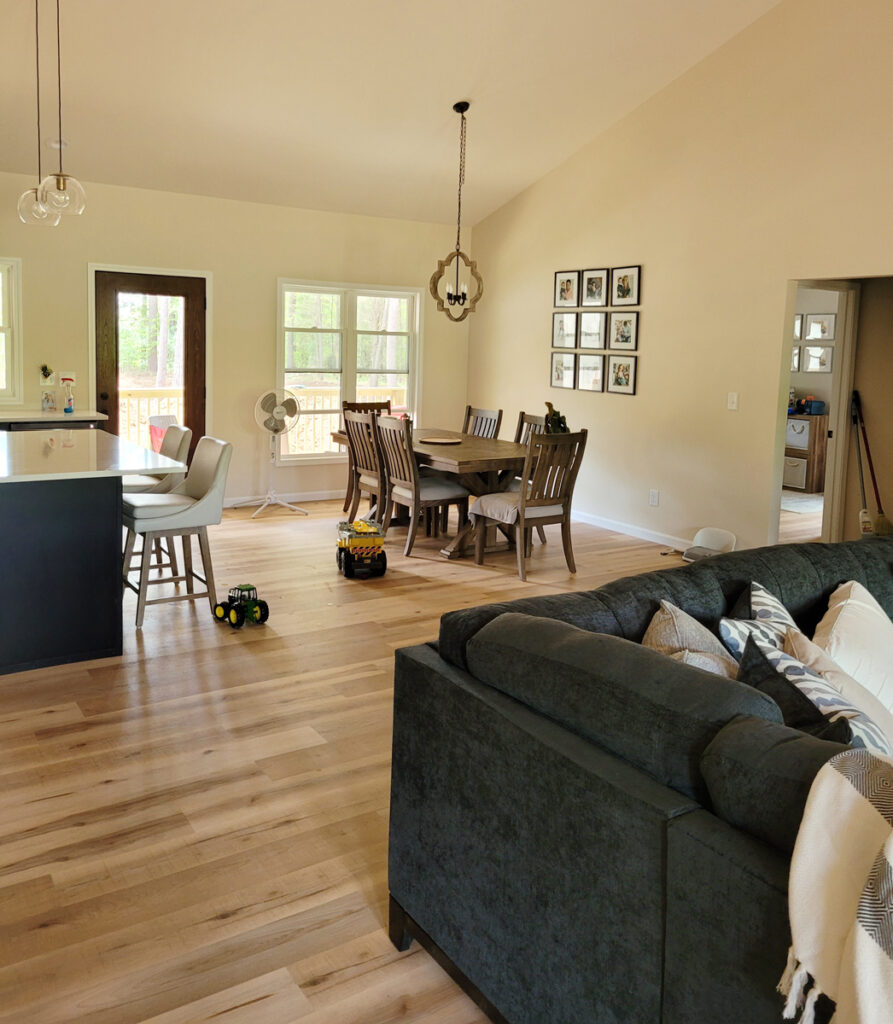
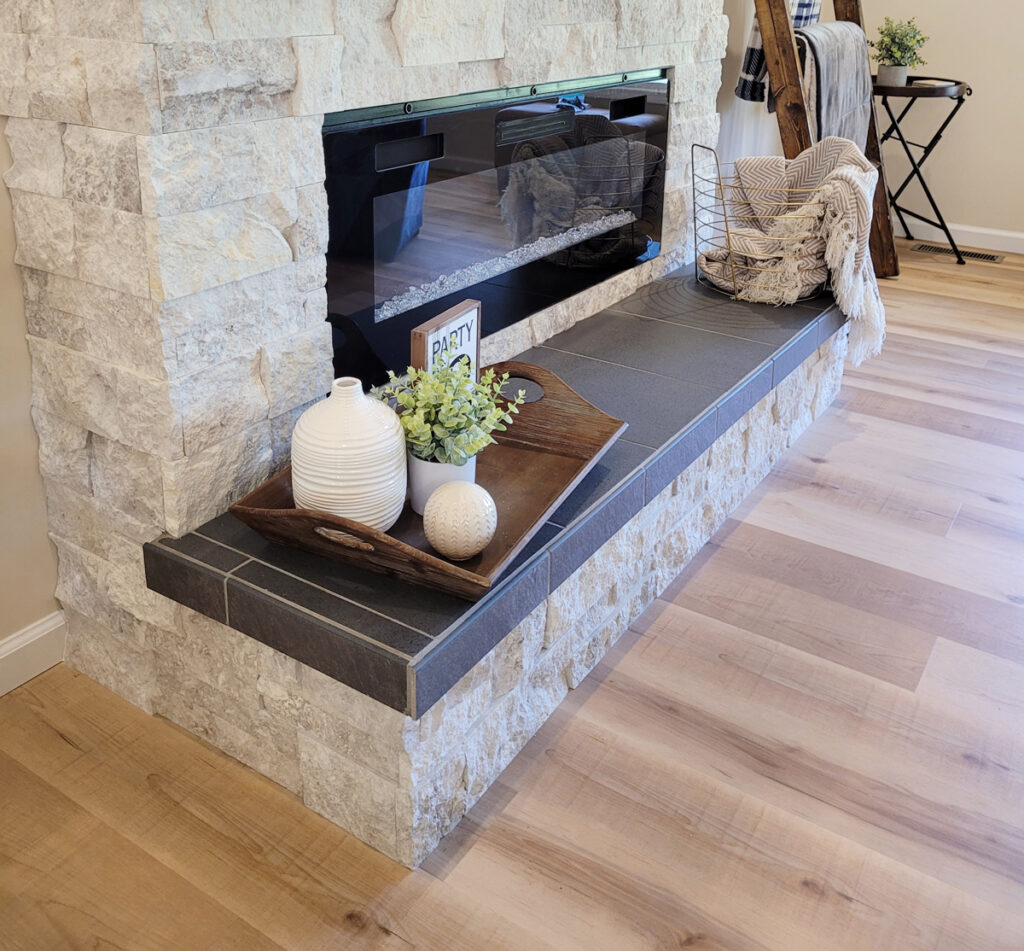

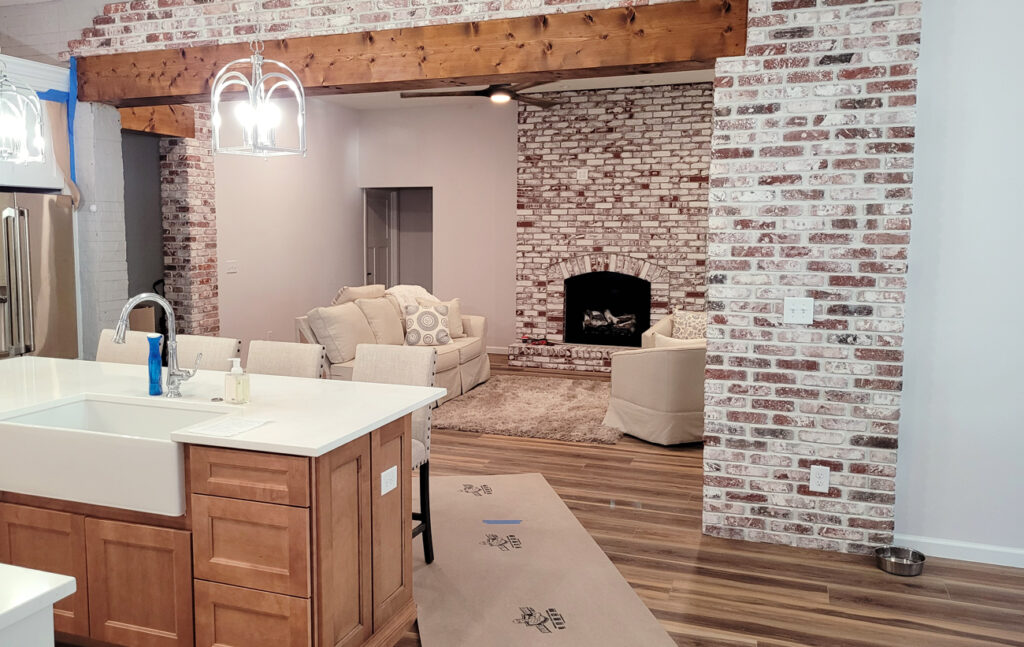
Ready to get started with your flooring, or have questions?
Feel free to call us at 618-995-2288 or
